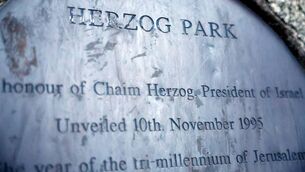Learning biology by the numbers
Mathematics may be the language of physics and chemistry but biology seems immune to its charms; no E = mc² equations or neat, straight-line graphs govern the messy world of living things. At a deeper level, arithmetic and geometry still rule the biological roost, as a famous Italian mathematician showed.
Leonardo of Pisa, better known as Fibonacci, was born in 1217. The son of a merchant, he accompanied his father on business trips to the Arab world, where he became acquainted with the number system the local traders used. The old Roman numerals, the Is Vs Xs Ls and Cs, were still used in Europe. The North Africans had more elegant ones, the familiar 0 to 9 characters we use today, and the superiority of which Fibonacci soon recognised. Try multiplying 18 (XVIII) by 7 (VII) using Roman numerals. The stroke of genius in the Arabian system was a symbol for absence, the 0. This allowed numbers to be stacked in 10s, 100s, 1000s and manipulated accordingly.













